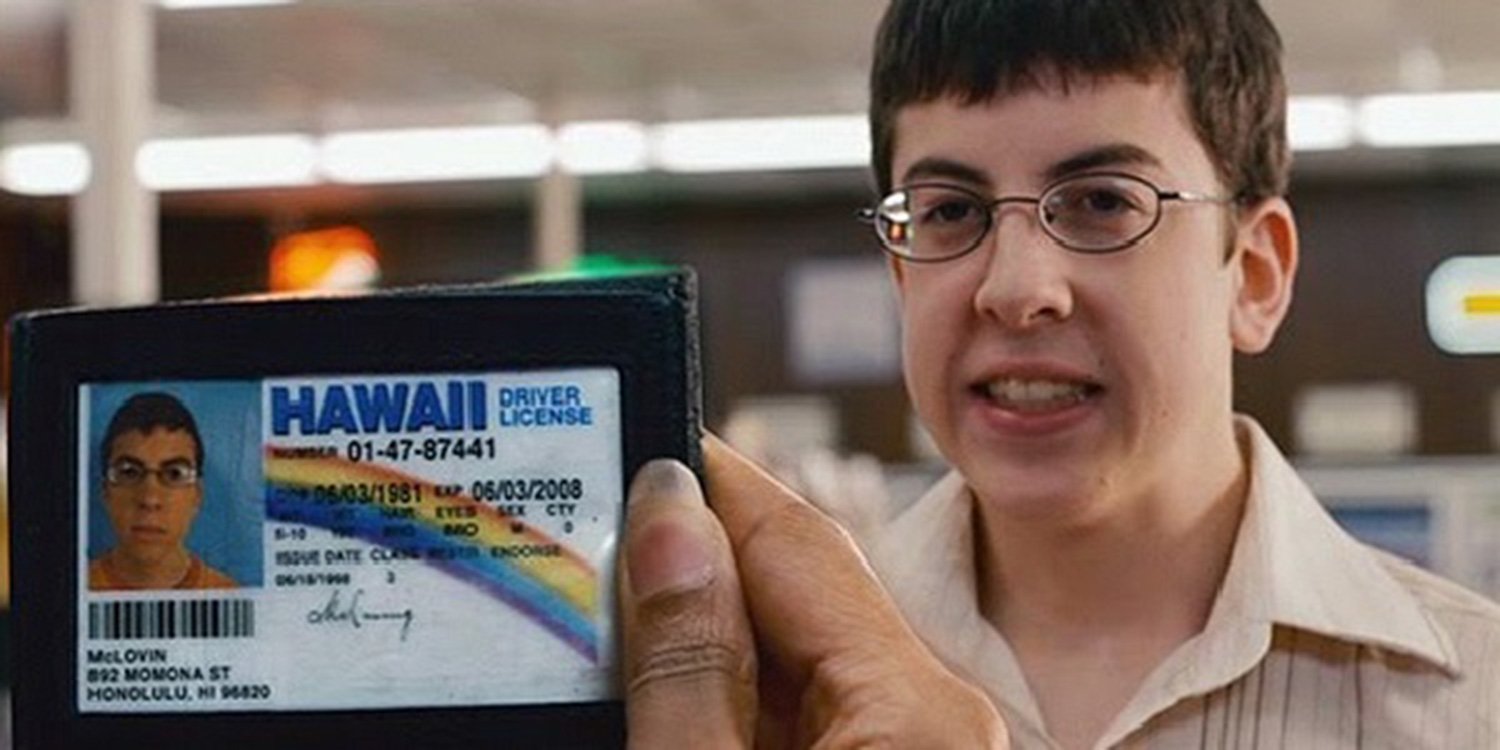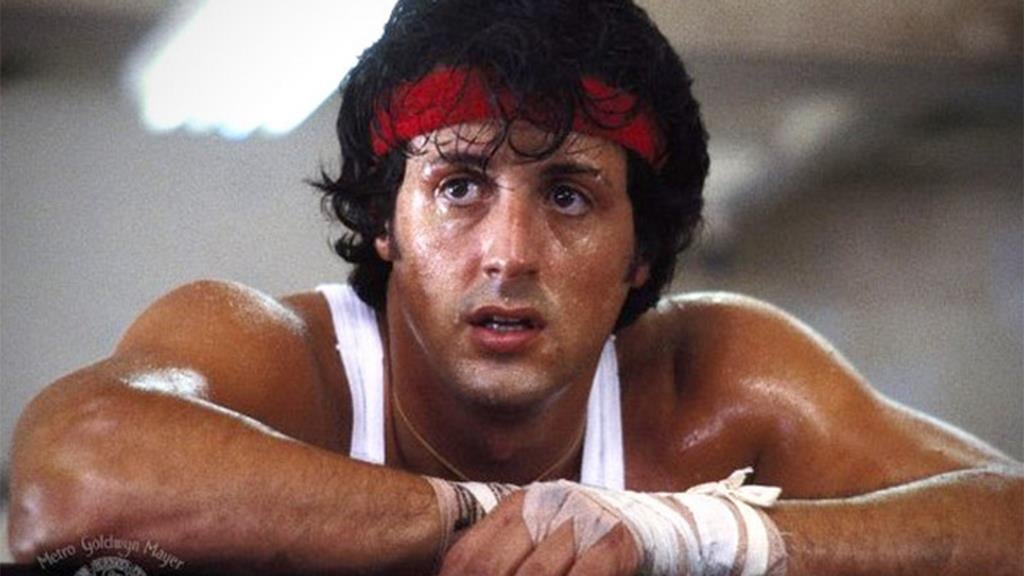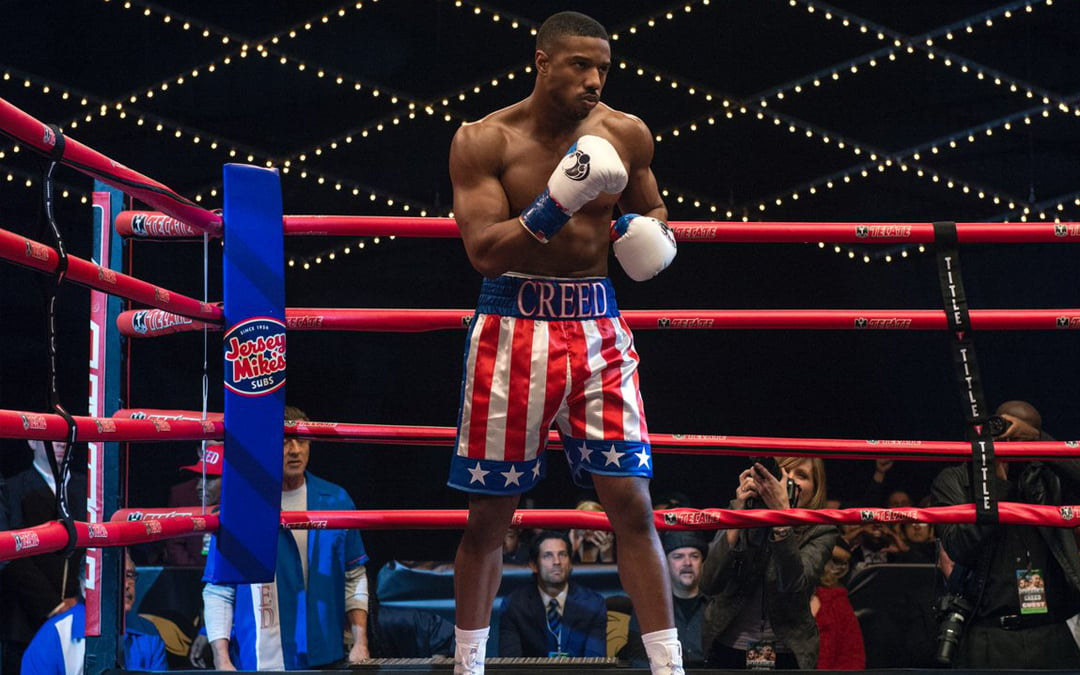The Secret to the First 10 Pages
December 3, 2015
A motion picture can be likened to an amusement park ride. Job number one? Get your audience into the cart.
You may have read about “opening images” that set tone and genre, “hooks” that suck people in, and “inciting incidents” that kick stories into gear. But, I bet nobody’s ever told you THE SECRET of the first 10 pages … how you go about capturing the attention of an audience … how you get them “into the cart,” ready for the ride.
But first, a WARNING—Awareness of the techniques about to be revealed may lessen your ability to lose yourself in a motion picture. Once you’ve looked behind the curtain and seen how the secret is done, you can never “un-look.”
Still with me? Okay, then. First a quick look at basic screenplay structure:
Screen stories are more than just stuff happening … this happens, then that happens, and then the other thing happens. They’re very different from such casual narratives. They’re tightly structured affairs. As William Goldman wrote in his book Adventures in the Screen Trade, “Screenplays are structure!”
Luckily the subject isn’t nearly as complicated as some would have you believe. In fact, the entirety of screen story structure revolves around one basic, easily understood concept—the Central Dramatic Question. You know, the question that gets to the heart of your story in 20 words or less.
A few examples of central dramatic questions:
Will Dorothy find her way home to Kansas, or meet her fate at the hands of the Wicked Witch of the West? (The Wizard of Oz)
Will Rocky prove himself when he meets Apollo Creed, or will he live the rest of his life knowing he’s just another bum from the neighborhood. (Rocky)
Will Frodo succeed in his effort to return “the one ring” to Mordor, or will the Dark Lord, Sauron, gain possession of it and use its power to enslave the world? (The Lord of The Rings)
Even in “character driven” stories there’s a central dramatic question.
Will Miss Daisy grow beyond the prejudices with which she was raised? (Driving Miss Daisy)
Even a silly comedy is structured around a central dramatic question.
Will Harold and Kumar break out of their loser molds and make it to the White Castle for sliders and fries? (Harold & Kumar Go to The White Castle)
The central dramatic question is set up and posed in Act One, explored and exploited in Act Two, and is at last answered in Act Three. It’s the audience’s desire or need to know how the question will be answered that keeps them tuned in. Once the central dramatic question is answered, the audience’s attention is set free, and the ride is over.
Perhaps you can recall a film or two in which the central dramatic question was dramatically answered, the audience was happy and ready to go home, but the film just kept going, and going, and going … like a demented Energizer Bunny. Under your breath, you asked yourself, “Does this movie ever end?” The lesson? Once the central dramatic question is answered, the story’s over. Best to stop writing, don’t you think?
Now for the kicker: When the action kicks in around page 10, if the audience doesn’t care how the central dramatic question might be answered, the script is already DOA!
But it’s only page 10. How can a script be dead on arrival when it’s only 10 pages into the story? What about the big reveal mid-Act Two? And there’s that great twist at the end of Act Three!
Sorry, but nobody cares. You never got them into the cart, and it’s already left the station!
On the other hand, what if your audience truly cares how the central dramatic question might be answered? Yes! They want Harold and Kumar to make it to the White Castle! The audience is not only in the cart, they’re ready to ride, and will stay in the cart until it comes to a screeching stop at the end of Act Three and you send them on their way.
So what’s THE SECRET? How do you get the audience to care? How do you get them “in the cart?”
Is it about making the central dramatic question earthshakingly important? Not really. How important is it that Harold and Kumar make it to the White Castle?
Is it about loading up the first 10 pages with explosions, blood, guts, gore, spectacular special effects, and/or sex? Nope. Sorry. In fact, such rock ’em and sock ’em openings, when not in context with what follows, instantly brands the script as the work of an amateur.
Look back to your own experiences watching the films named earlier. Why did you care whether or not Dorothy made it back home to Kansas, whether or not Harold and Kumar made it to the White Castle, and whether or not Rocky did himself proud when he met Apollo Creed?
The answer: Because you formed an EMOTIONAL CONNECTION with the protagonist, and that connection didn’t come about by accident. The writer made it happen.
That’s THE SECRET to “getting them into the cart.” For the audience to care, there must be an EMOTIONAL CONNECTION between them and the protagonist. It has everything to do with the way you and I, and our audiences, experience a motion picture.
When reading a book, we never spontaneously jump out of our chairs, no matter how surprising, shocking, or amazing the events we’re reading about. On the other hand, when we’re in a dark theater watching a well-crafted motion picture, our bodies react. We react, because we’re more than just an observer to the action. Emotionally, we’re right there in the thick of things, joined at the hip with the protagonist, even though we’re physically safe and sound in the comfort of the movie theater.
How is this “emotional connection” trick done? There are several effective techniques for writing characters so that the audience will make this all-important emotional connection.
Having the protagonist experience irritating or frustrating events, which we can all relate to, is one such technique. Even if the guy’s a serial killer, by the time we’ve finished giving him a parking ticket, losing his cell phone, getting him stuck in the rain, and killing off his rose garden, the audience will begin to connect with him because he’s a human being, just like us, even if he does enjoy the occasional torture session with his after-dinner cheese and wine.
Another technique is to write the character as an underdog, or an “every man” forced to confront and deal with a new and extraordinary challenge.
And yet another technique is to have the character experience undeserved misfortune, brutality, or loss.
Then there’s the “noble soul” approach. That character that does the right thing despite the personal risk. He or she is the kind of person that in our heart of hearts we would emulate … if only we could.
To learn more about the connection factor, try this: Study the first 10 pages of a few outstanding screenplays with particular attention to how the writer causes the reader to form an emotional connection with the protagonist. Ask yourself, what makes the protagonist human? Observe when you, as the reader, begin to empathize with the character, and then notice what the writer did to create that connection.
Then study the first 10 pages of a few screenplays that looked like they should have worked, good premise and all, but still somehow managed to fall flat, perhaps even seemingly dead from the start. Check it out. Did the writer dive into the action without taking the time in the first 10 pages to make you care?
So if you want your audience to take the ride, then get ’em in the cart in your first 10 pages, where it’s up to you as the writer to set up this emotional connection factor.
Written by: Final Draft




